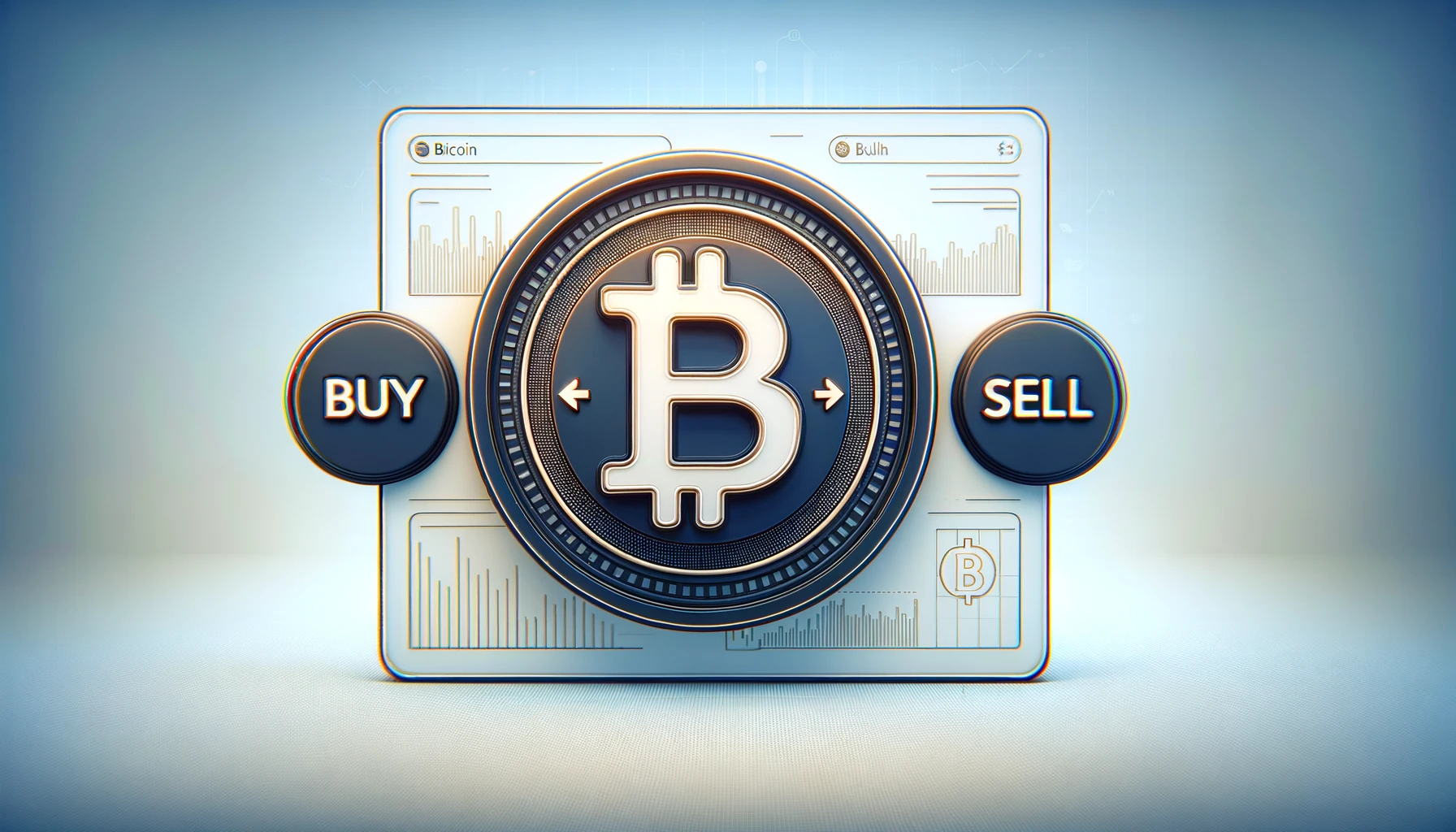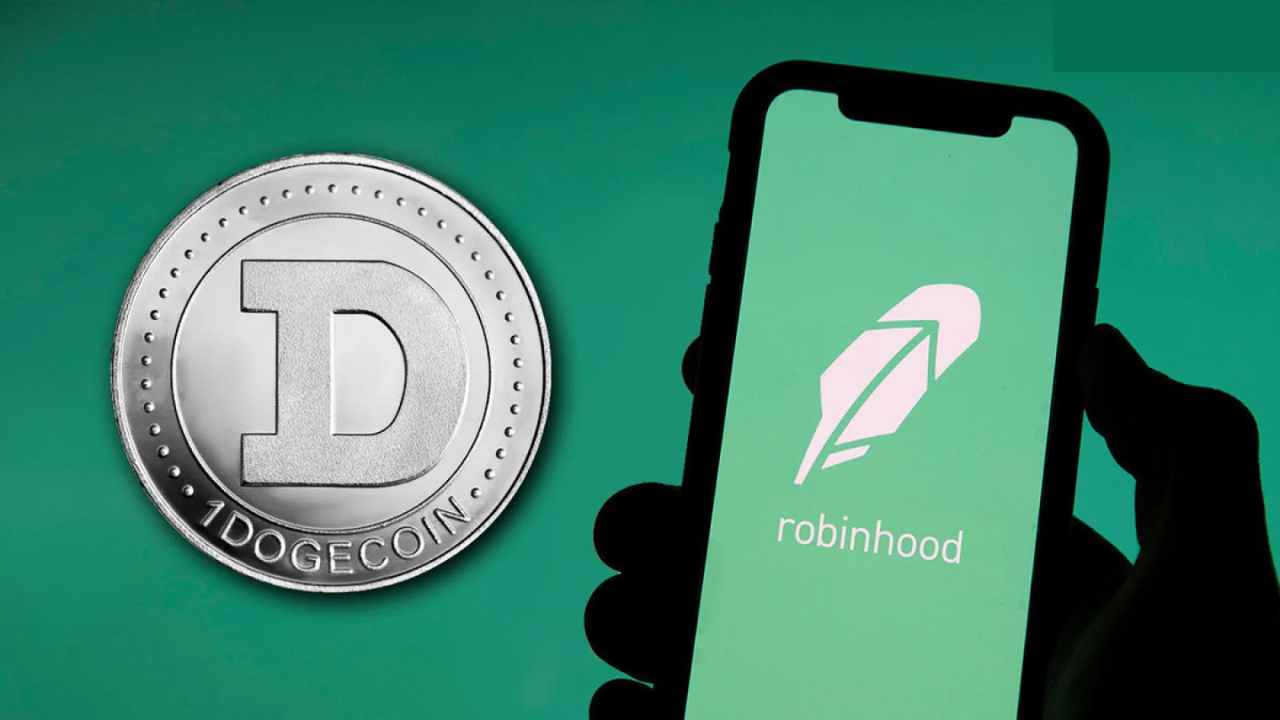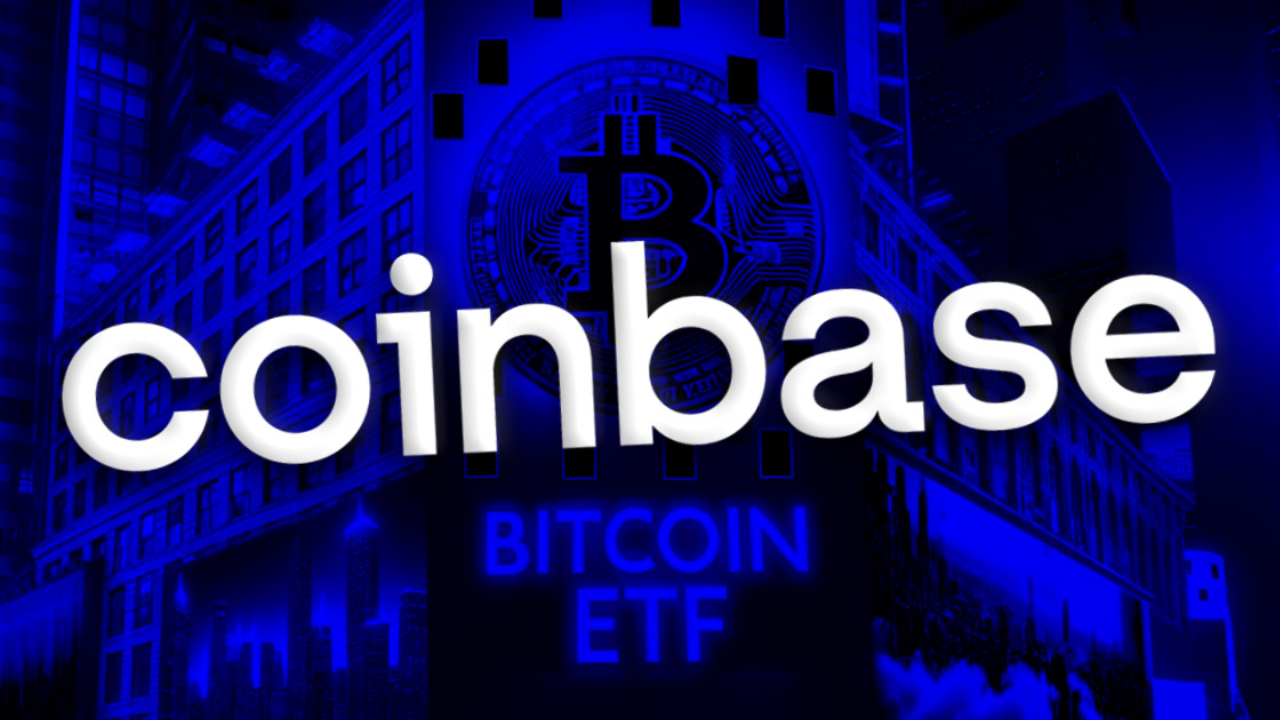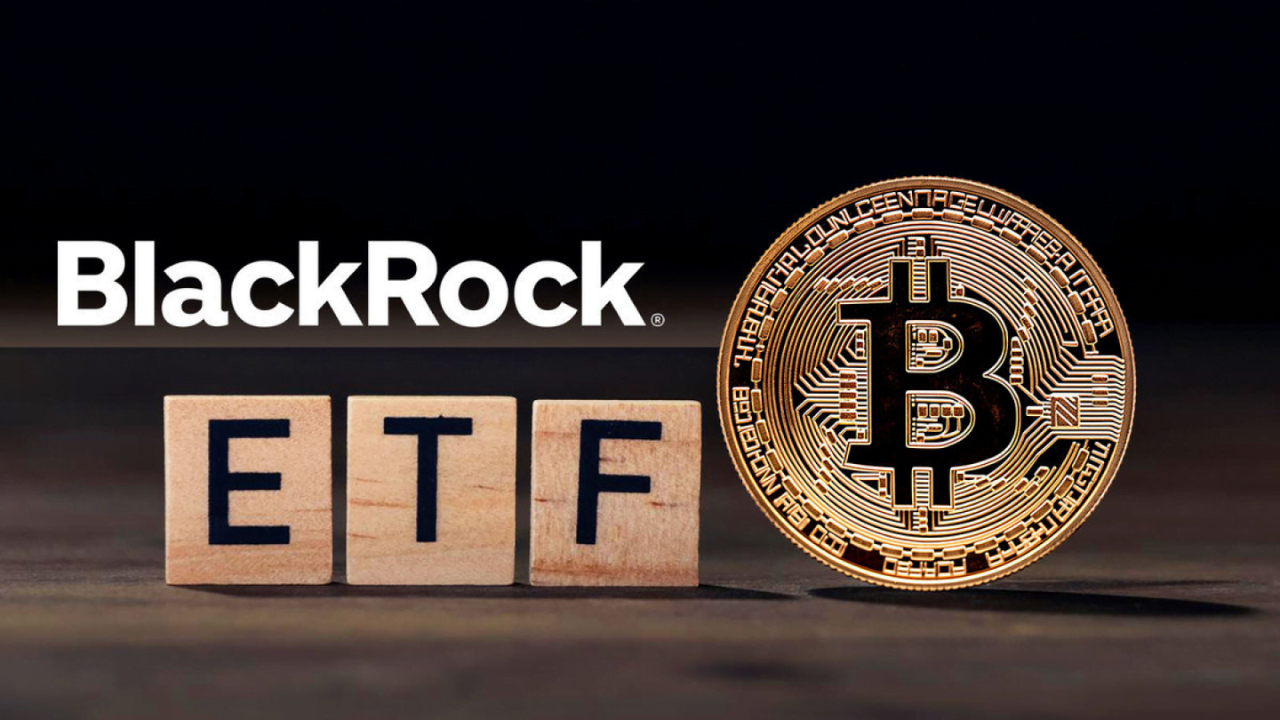
Peer-to-peer (P2P) crypto trading has become a major point of attraction among traders due to its truly decentralized nature. The process not only involves a simple structure, less strict regulations, and easy transactions but also equips the participants with a plethora of profiting opportunities.
In this article, we will explore what is P2P trading in crypto exchanges, how exactly it works, and what are its potential advantages & limitations.
Table of Contents
ToggleWhat is P2P crypto trading?
P2P crypto trading refers to a crypto exchange process where trading parties directly interact with each other without the interference of a centralized authority. To put it another way, in P2P trading, you are solely responsible for handling all your transactions as they are settled without the involvement of any third party.
Moreover, this trading method confers more flexibility and freedom of choice to the traders. They can scan through different offers and choose a counterparty that offers the best rates or payment methods most suited for them.
Note that besides the decentralized exchanges like Uniswap, P2P trading is also supported by some centralized exchanges. Binance, KuCoin, and Huobi are some popular CEXs that integrate a P2P marketplace for servicing all kinds of clients from diverse regions.
Understanding the P2P process at its core
Peer-to-peer networking is not just used for cryptocurrency trading but has been utilized in a variety of systems and software, such as BitTorrent, for many years.
Essentially, a P2P network is a decentralized system whereby data is exchanged and each network node functions both as a client and a server. It means that a node can download data from other nodes (acting as a client) and also extend data to other nodes (acting as a server). This is in contrast to the distinct client-server model, where a central server handles the storage and distribution of data.
Moreover, in a peer-to-peer network, all nodes have similar power and the same capabilities for storing, distributing, and uploading files. This decentralization and equal distribution of responsibilities enact an all-inclusive framework where intermediaries are not needed.
One of the main benefits of a regular P2P network is that it is very difficult to disrupt or bring down. If one part of the network goes offline, other pairs can continue to operate and communicate, ensuring that the overall network remains functional. They are also highly scalable, as it is easy and quick to add new nodes without the need for central configuration on a server.
How does p2p crypto trading work?
P2P crypto trading involves a system where buyers and sellers enlist their details, like payment options, exchange rate, and total amount limit, to match with suitable parties. In other words, users create their own crypto advertisements or browse through the listed ones to select a counterparty fit for their needs,
Most P2P exchanges implement a reputation/rating system to help the participants remain aware of fraud and secure their transactions. Users can first analyze the reviews and past performance of buyers or sellers before initiating a trade request.
In addition, these platforms establish a trusted space for crypto/fiat trading as compared to traditional marketplaces. It is because they typically use an escrow system to ensure that funds are secure and protected. Moreover, they often require users to undergo Know Your Customer (KYC) verification and implement two-factor authentication & SSL protocols to level up the security. In case of a dispute, some centralized exchanges also offer mediation services that make the P2P process safer to some degree.
Benefits of using p2p crypto trading
Here are some key advantages of P2P crypto trading:
Accessible without restrictions
As peer-to-peer crypto trading works without central control, anyone can trade digital coins regardless of their location. It is specifically helpful for cryptocurrency enthusiasts living in areas with strict cryptocurrency regulations that limit how much crypto they can buy or sell.
Zero fees
The majority of crypto P2P platforms facilitate transactions with zero costs. As buyers and sellers are connected directly with one another to settle the exchange, the platform does not typically charge any commission or fee.
Provides flexibility
P2P platforms enable the participants to create or choose their trade orders, providing them with greater control over their transactions.
On a P2P exchange, you can specify the price at which you are willing to buy or sell, your required payment methods, and the type & amount of currency you want to trade. This customization is not possible with a traditional exchange system where a centralized authority controls the order book.
Multiple payment options
Generally, p2p traders list a wide range of payment methods, including a variety of local ones, to ensure a convenient exchange experience. As mentioned before, users can flexibly select a counterparty that offers their desired payment option.
Arbitrage opportunity
As P2P marketplaces usually catalogue higher exchange rates than the regular market, they extend impressive arbitrage opportunities to the participants. Traders can purchase cryptocurrency at a lower price on one platform and sell it at a higher price on another to make potential profits. However, they must carefully research the involved fees associated with transferring funds from one exchange to the other and check if the price discrepancy is sufficient enough to make this process worthwhile.
What are the limitations of p2p crypto trading
One major concern when it comes to P2P trading is the potential for scams. With no central party involved, fraudulent parties can easily post luring exchange rates or false information to scam users. Consequently, traders must exercise caution and analyze the reputation/completion rate of counterparties before initiating a transaction.
Note that the centralized exchanges mitigate the risk of scams to a degree by offering escrow services and requiring KYC and other verifications from all P2P traders.
Another problem with P2P trading is that these marketplaces often have low liquidity, which can make it difficult for users to find a suitable buyer or seller at a given time. However, some P2P platforms that are integrated with popular decentralized as well as centralized exchanges have sufficient trading volumes and may not face this issue as frequently.
Closing thoughts
Although P2P trading carries its set of risks and potential issues, it can be a convenient way to exchange crypto and fiat as long as proper caution is exercised. If you work with liquid and transparent P2P marketplaces, not only can you flexibly trade your digital currencies as per your own terms but can also capitalize on the price gaps.













